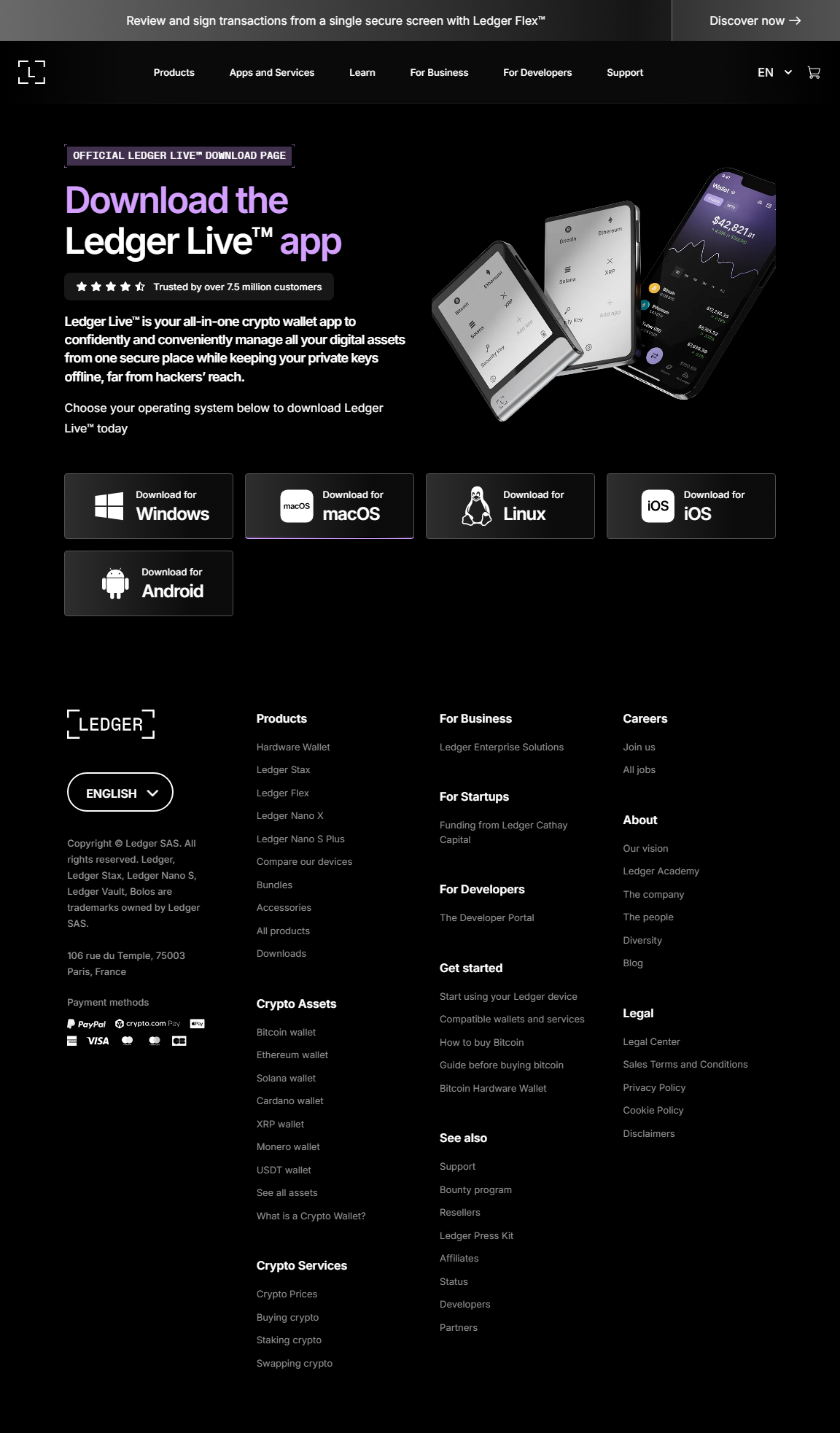Beginner’s Guide to Ledger: Secure Your Crypto with Ledger.com/start
Learn how to set up your Ledger hardware wallet, manage your cryptocurrencies, and safeguard your digital assets effectively.
Why Ledger is a Top Choice for Crypto Security
Cryptocurrencies are digital gold—but unlike physical gold, they are susceptible to hacking if not stored securely. Ledger hardware wallets, like the Ledger Nano S and Nano X, offer offline storage of your private keys, shielding them from online threats.
- Offline cold storage to prevent hacks
- Supports 5,500+ cryptocurrencies, including Bitcoin, Ethereum, and NFTs
- Seamless integration with Ledger Live for portfolio management
- Secure backup with a 24-word recovery phrase
Step-by-Step Setup via Ledger.com/start
Ledger.com/start is the official starting point for setting up your Ledger device. Follow these steps:
1. Unbox Your Ledger Device
Ensure the packaging is intact and authentic. Ledger devices include a USB cable and a recovery sheet for your seed phrase.
2. Access Ledger.com/start
Navigate to Ledger.com/start and follow the prompts to download Ledger Live, the official app for device management and crypto transactions.
3. Initialize Your Ledger
Ledger will guide you through:
- Setting a secure PIN
- Generating a 24-word recovery phrase
- Confirming your recovery phrase offline
4. Start Managing Your Crypto
Once your device is ready, you can:
- Send and receive multiple cryptocurrencies
- Track portfolio value in real time
- Use third-party wallets safely with Ledger integration
Ledger vs. Software Wallets
Should you use a hardware wallet like Ledger or stick with a mobile/desktop wallet? Let’s compare:
| Feature | Ledger Hardware Wallet | Software Wallet |
|---|---|---|
| Security | Offline private keys; resistant to hacking | Connected online; vulnerable to malware and phishing |
| Backup | 24-word recovery phrase | Encrypted cloud or local backup |
| Convenience | Requires physical device | Accessible on multiple devices |
| Coin Support | 5,500+ coins and tokens | Varies by wallet app |
Software wallets are convenient for daily trading, but for large holdings or long-term storage, Ledger’s hardware wallets provide unmatched security.
Frequently Asked Questions (FAQs)
Q1: Can Ledger be hacked?
Ledger devices are secure because private keys never leave the device. Risks arise only if your recovery phrase is exposed or stolen.
Q2: What happens if I lose my Ledger?
You can restore your wallet on a new Ledger using the 24-word recovery phrase. Keep it offline and secure.
Q3: Does Ledger support NFTs?
Yes, Ledger supports Ethereum-based NFTs and can manage them via compatible wallets integrated with Ledger Live.
Q4: Is Ledger Live free?
Yes, Ledger Live is free and allows you to manage your portfolio and perform transactions safely.
Tips for Safe Ledger Usage
- Keep your 24-word recovery phrase offline and never share it.
- Use a strong PIN and enable passphrase features for added security.
- Update Ledger firmware regularly for improved security and features.
- Beware of phishing attempts pretending to be Ledger support.
- Consider splitting large crypto holdings across multiple wallets.
Conclusion: Your Secure Crypto Journey Starts Here
For both beginners and intermediate users, Ledger.com/start is the gateway to secure crypto management. By following setup steps, understanding the benefits over software wallets, and implementing safe practices, you can confidently manage your digital assets.
In crypto, security is paramount. Ledger provides a reliable solution so you can focus on building your portfolio without fear of hacks or data loss.
